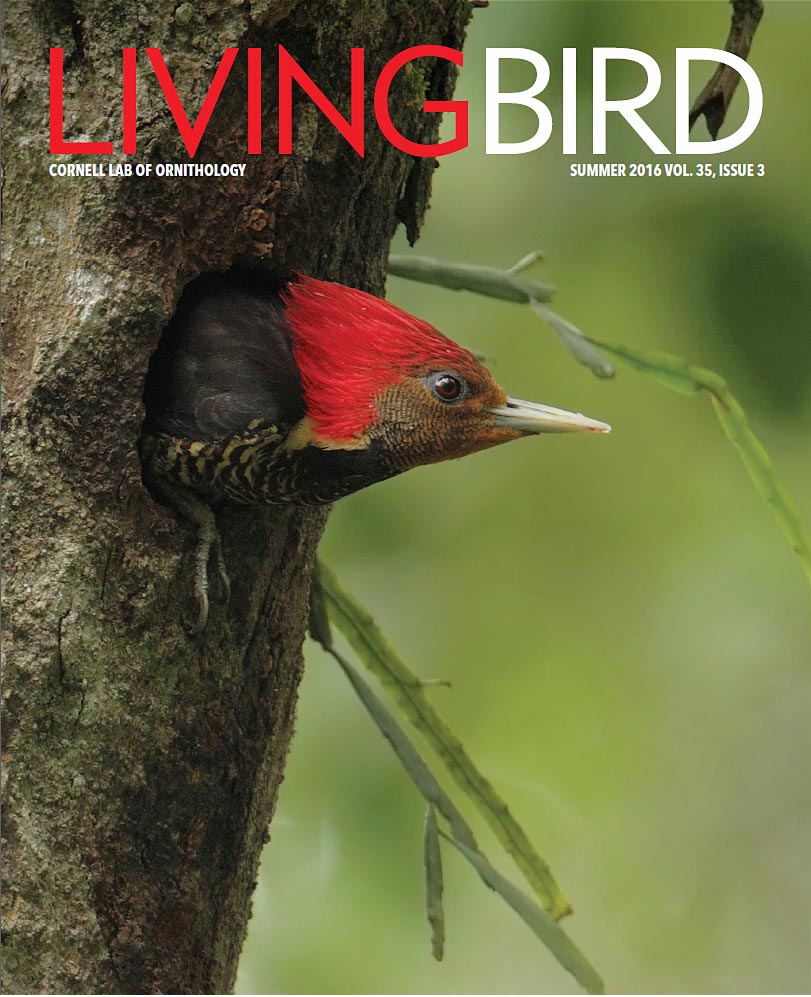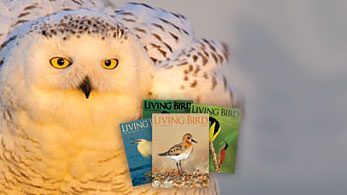
The mission of the Cornell Lab of Ornithology is “to interpret and conserve the earth’s biological diversity through research, education, and citizen science focused on birds.” For an overview of Cornell Lab’s worldwide impact and contributions to bird conservation, education, and research in the last year, see our Annual Report.
The U.S. Fish and Wildlife Service conducts a national recreational survey of U.S. residents 16 years old and older every five years (since 1955) about the economic impact of fishing, hunting, and wildlife-associated recreation. Birdwatching is a substantial part of wildlife-associated recreation (observing, feeding, and photographing wildlife) and by far attracts the largest following of wildlife watching. For the economic impact of wildlife watching, see the 2022 USFWS Survey (pp. 29–43). In regards to birdwatching only, the survey states: “Approximately 96.3 million people observed birds around the home and on trips in 2022. A large majority, 95 percent (91.1 million), observed wild birds around the home, while 44 percent, 42.6 million, took trips away from home to observe wild birds. Participants averaged 78 days of birding in 2022, with 67 days for around-the-home birders. Away-from-home birders averaged 34 days” (p. 30). In comparison, the 2022 survey found that there were 39.9 million anglers and 14.4 million hunters (p. 3). The 91.1 million around-the-home and 42.6 million away-from-home birders represent a high value for their economic impact on recreational tourism and other markets.
Birdwatchers tend to be an older demographic and highly educated, although web visitors to Cornell Lab’s All About Birds website are more diverse in age. Our surveys show that our readers and web visitors are not only bird enthusiasts; they are also green advocates, health conscious, techie, and have active lifestyles. Birders enjoy travel (domestic and international), museums, outdoor activities, gardening, visiting federal/state refuges/parks, photography, movies, music, reading publications, and dining out.
Digital ads are available on our All About Birds website, and print ads are available in our quarterly Living Bird magazine.
Living Bird and All About Birds are excellent advertising resources to reach the birdwatching market and to engage with some of the most enthusiastic and influential birders in the world. When ads appear in Living Bird and at All About Birds, advertisers are branding themselves with an organization held in high regard by the birdwatching community.
For a media kit, contact the advertising manager.
Digital advertising
The Cornell Lab of Ornithology offers digital ads at its All About Birds website. In the last 12 months, there were 61 million page views and 20 million unique visitors to the site. We offer customized packages that include placement on a choice of more than 655 North American bird species; articles about birds and birdwatching, bird ID skills, feeding birds, bird-friendly homes, FAQs, bird biology, news and features; live-streaming bird cams; high-traffic pages (including the homepage); run-of-site; and geotargeting website visitors by location (city, county, state, province, and country).
Birding festivals/events that advertise at All About Birds will also have their ads rotated on our free Birding Festival/Event Listing page. If you want your event listed, contact the advertising manager.
For a media kit, contact the advertising manager.
Print advertising
Living Bird is the quarterly membership magazine of the Cornell Lab of Ornithology. For more than 50 years, Living Bird has bridged the divide between scientist and birder while speaking with a powerful voice for birds, science, and conservation. Lavishly printed on high-end paper sourced from sustainably managed forests and 100% renewable energy, Living Bird is packed with spectacular photos and relevant content distributed to a high and growing number of engaged members with an even greater readership.
Feature articles cover bird behavior, habitat, identification, geography, research, conservation, and photography/art with a mix of perspectives, tone (scientific, conservation, and mission-oriented), and style (fast-paced, action-oriented, or incisively analytical)—all within the framework of the Cornell Lab’s high standards and scientific tenor. Each issue has a seasonal accent, playing off the importance of seasons and the enjoyment birds.
Columns/departments include “Primaries” (brief, urgent, and interesting news in bird science and conservation, “Science” (emerging or recently reviewed scientific research), “Birding” (insider tips, optics reviews, and experiences about birding), “Season Preview” (perspectives about upcoming seasons related to bird geography, climate, behavior, and migration), “Profile” (insights about bird species or taxonomic families), “Conservation” (bird-focused stories and landscape conservation successes), and “Gallery” (artistic illustrations, photos, or other bird-related artwork).
Living Bird ad rates, publication dates, due dates, and ad specifications are provided as PDFs on the right side of this page under “Ad Rates and Specifications.”
For a media kit, contact the advertising manager.

